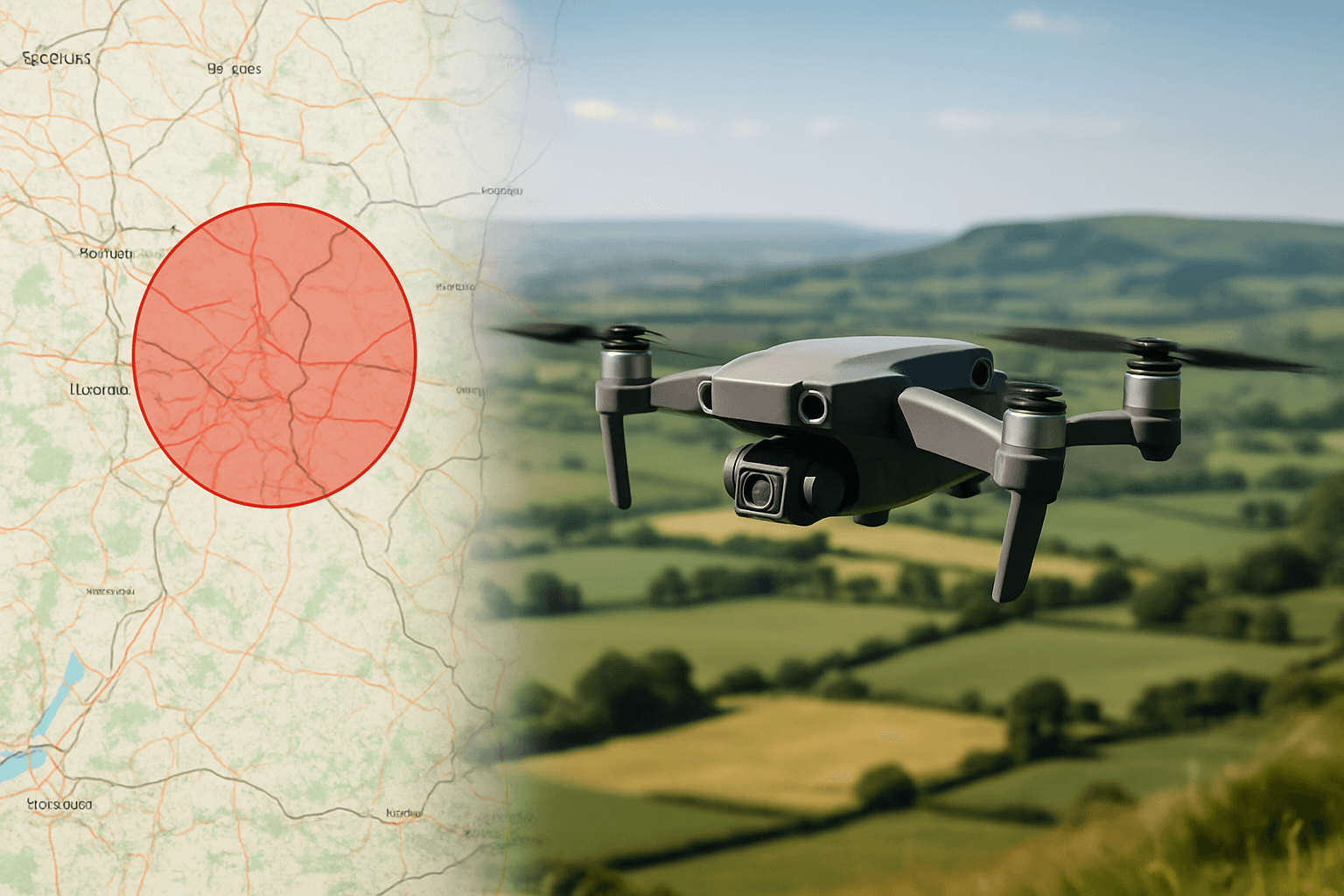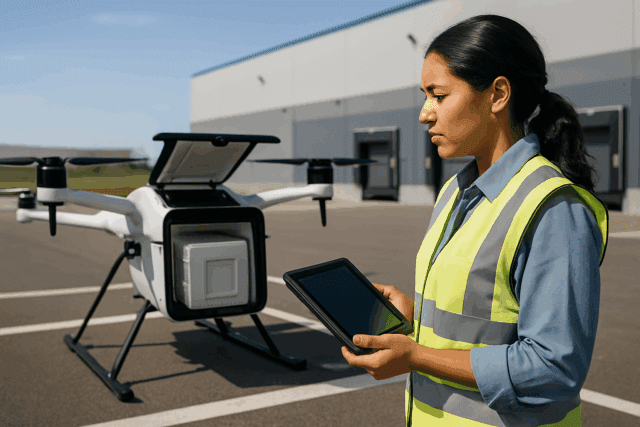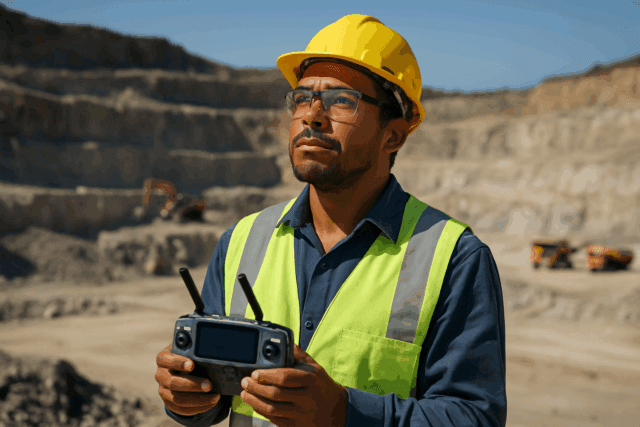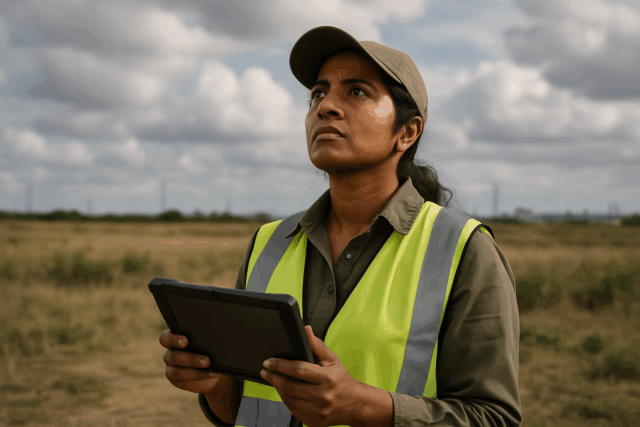As drone technology becomes increasingly accessible, understanding the rules and regulations governing their use is crucial, especially concerning restricted airspace. In the UK, the Civil Aviation Authority (CAA) sets comprehensive guidelines to ensure drones operate safely and responsibly. So, before you launch your drone, let’s explore the no-fly zones and restricted areas you need to be aware of in 2025.
Understanding UK Airspace Regulations
Any outdoor space above the ground is considered airspace, regardless of its proximity to the ground or who owns the underlying land. This means that even if you’re flying over your own property, airspace regulations apply. The UK’s airspace is complex, accommodating various types of aviation, and is divided into different classes, areas, and types. Consequently, numerous restrictions dictate where you can fly and what activities are permitted within specific airspace volumes.
Key Takeaways:
- Airspace rules apply to all outdoor drone flights.
- The UK’s airspace is highly regulated with specific restrictions.
- You must have a Flyer ID before flying most drones or model aircraft in UK airspace.
Permanent Airspace Restrictions
Permanent airspace restrictions are in effect continuously to protect sensitive locations and ensure public safety. These restrictions include:
1. Aerodromes, Airports, and Heliports
A strict no-fly zone exists around airports and other airfields. In the UK, drones are prohibited from flying within a 5-kilometer (3-mile) radius of airports to protect manned aircraft during takeoff and landing. Flying near aerodromes, spaceports, and heliports carries substantial penalties, with fines up to £7,500 for violations.
2. Prisons and Young Offender Institutions
New legislation (SI 2023/1101) has established drone-only Restricted Airspace (Temporary) around closed prisons and young offender institutions in England and Wales. Anyone wishing to fly a drone within this restricted airspace requires an exemption, which must be requested by completing a notification form on the Civil Aviation Website, selecting ‘Airspace Restrictions (including exemption requests)’ from the activity category.
3. Military Ranges
Flying is restricted around military ranges due to the potential hazards associated with military training and operations.
4. Royal Palaces and Government Buildings
To protect sensitive areas and ensure national security, permission is required before flying in restricted airspace near government buildings and royal palaces. Unauthorized flights can result in fines up to £5,000.
Temporary Airspace Restrictions
Temporary airspace restrictions are frequently implemented across the UK, often at short notice, to manage specific events or emergencies.
1. Organized Events
Restrictions may be put in place for pre-planned events to ensure public safety and prevent disruption.
2. Emergency Incidents
In response to emergencies, temporary restrictions can be established rapidly in any airspace area, including around airfields.
It is crucial to check for any restrictions every time you fly, as these can change frequently and affect any area of airspace. The primary source of information about airspace restrictions is the UK Aeronautical Information Service (AIS), published by NATS.
Specific No-Fly Zones and Restrictions
1. Altitude Restrictions
Drones must not exceed 400 feet (120 meters) above the surface to maintain separation from manned aircraft and ensure airspace safety. Exceeding this altitude limit can result in fines up to £2,500.
2. Visual Line of Sight (VLOS)
Operators must maintain a clear line of sight with the drone at all times to ensure immediate response to potential hazards and maintain control. Flying beyond visual line of sight can result in fines up to £2,000.
3. Distance from People
A minimum horizontal distance of 50 meters must be maintained between the drone and people. This creates a no-fly zone around people that extends up to the legal height limit. For drones or model aircraft below 250g, you can fly closer to people than 50m and you can fly over them, but never over crowds.
4. Distance from Built-up Areas
Drones weighing 250g or more must remain 150 meters away from residential, commercial, or industrial zones to reduce risk to property and public safety. Violations can result in fines up to £3,000.
5. Special Protection Areas (SPAs)
These areas are designated to protect rare and vulnerable birds and their habitats. Drones can disturb bird populations, especially during breeding seasons, so flying is often restricted or closely monitored. Consult local wildlife organizations or the Joint Nature Conservation Committee for guidance.
6. Land Closed for Take-off/Landing
Certain lands, such as those owned by the National Trust or other private landowners, may have restrictions imposed by local byelaws that prohibit the take-off and landing of drones. Always check with local authorities or landowners for specific regulations.
How to Check for Airspace Restrictions
Before each flight, it’s essential to check for any airspace restrictions. Here’s how:
- UK Aeronautical Information Service (AIS): Consult the UK AIS, published by NATS, for the most up-to-date information on permanent and temporary restrictions.
- Drone Assist Apps: Use apps like Drone Assist, which provide real-time information on airspace restrictions and ground hazards.
- Local Authorities and Landowners: Check with local authorities and landowners for any specific regulations or byelaws.
Requesting Permission to Fly in Restricted Airspace
In some cases, it may be possible to request permission to fly in restricted airspace.
1. Aerodromes, Heliports, and Spaceports
Contact the specific site where you want to fly to request permission.
2. Other Restricted Airspace
Use the CAA’s Airspace Co-ordination and Obstacle Management Service to request permission.
3. Prisons and Young Offender Institutions
Exemption requests should be made by completing a notification form on the Civil Aviation Website, selecting ‘Airspace Restrictions (including exemption requests)’ from the activity category. A minimum of 28 days’ notice should be given when making requests.
Penalties for Violating Airspace Restrictions
Unauthorized drone flights in restricted airspace can lead to severe penalties, including:
- Fines up to £7,500
- Confiscation of equipment
- Criminal prosecution
Drone Registration and Flyer ID
In the UK, drone registration is mandatory for most operators. You must register with the CAA and obtain a Flyer ID before flying. Here are the key requirements:
- Registration: Anyone responsible for a drone must register with the CAA if the drone has a camera (unless it’s a toy) or weighs 250g or more.
- Flyer ID: You must pass an online theory test to get a Flyer ID, which proves you understand basic aviation safety rules.
- Operator ID: Display your Operator ID on all your drones and model aircraft.
Operational Categories for Drones in 2025
The CAA has defined operational categories that dictate where and how you can fly your drone:
- A1 (Flying Over People): Allowed for drones under 250g.
- A2 (Flying Close to People): Requires a C2 drone and an A2 Certificate of Competency.
- A3 (Flying Far from People): For drones up to 25kg, only in remote areas.
Conclusion
Navigating the UK drone laws in 2025 requires understanding the specific requirements for registration, operational categories, and compliance with airspace restrictions. By adhering to these laws, drone operators can ensure they fly safely and legally. For the most up-to-date information, refer to the CAA’s resources and stay informed about any regulatory changes. Always prioritize safety, respect the environment, and be considerate of others when flying your drone.





